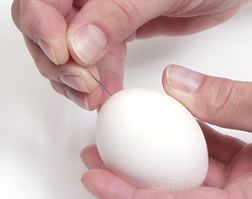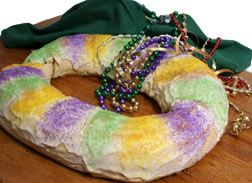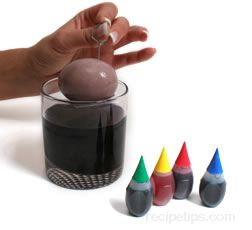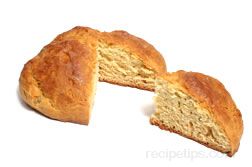St. Patrick’s DaySt. Patrick’s Day is a holy day as well as a national holiday for Ireland. It is a celebration in honor of a Christian missionary who was born Maewyn Succat around 385 AD to a Roman nobleman. After his village was attacked, Maewyn was captured and sold into slavery, he was just 16. After six years of captivity, he escaped to France (known in AD times as Gaul). During the 12 years following, he studied under St. Germain, the bishop of Auxerre. When his studies were completed, he returned to Ireland and took the name of St. Patrick, after his baptismal name Patricius. St. Patrick believed it was his calling to convert the pagans (a person who worships many gods or has no religious beliefs) to Christianity. He was very successful in his 30 year endeavor and is credited for converting the Irish population to Catholicism. St. Patrick died on March 17, 461 AD. Fact or Myth?
Lucky CharmHelp your children celebrate the luck of the Irish by creating an original gift of luck for their friends and family. Decorate river stones with glitter, craft gems and sequins. Let dry. To make a carrying pouch, cut a circle out of felt or fabric scraps 4 inches larger in diameter than the stone. After stone is dry, place the rock in the center of the fabric circle. Pull sides around rock and tie with a piece of yarn long enough to allow for a carrying cord. |
Loading
Luck of the Irish

Provided By
RecipeTips
RecipeTips
Many of the customs and beliefs associated with St. Patrick's Day originated in countries other than Ireland, especially the United States. Many of the traditions connected with St. Patrick's Day celebrations in the U.S. are associated with either Irish-American folklore or with consumer marketing. This extends to some of the most popular St. Patrick's Day recipes, such as corned beef and cabbage, which originated in the U.S. and have no association with the traditional Irish recipes served on that day.

Loading
There currently aren't any reviews or comments for this article. Be the first!
Popular Recipe Pages
Popular Recipes
Advertisement
Advertisement
























